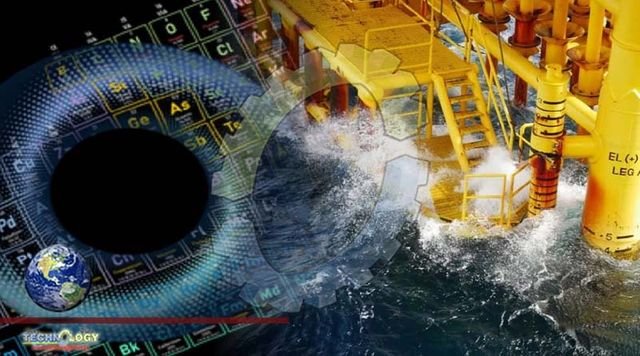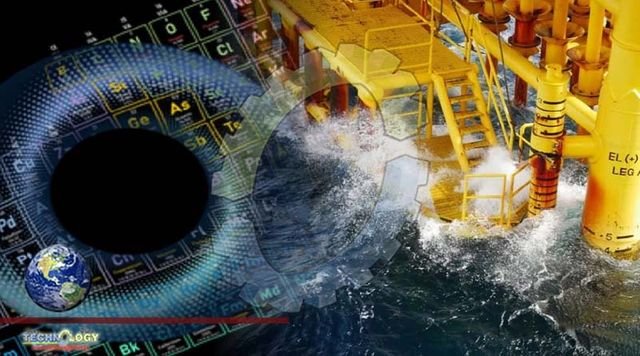Using machine learning along with data from wave tank experiments, MIT engineers have found a way to model how waves break

Waves break once they swell to a critical height, before cresting and crashing into a shower of droplets and bubbles. These waves can be as big as a surfer’s point break and as small as a gentle ripple rolling to shore. For decades, the dynamics of how and when a wave breaks have been too complex for scientists to predict.
MIT engineers have found a new method for modeling how waves break. The researchers tweaked equations that have previously been used to predict wave behavior using machine learning and data from wave-tank tests. Engineers frequently use such equations to help them design robust offshore platforms and structures. But until now, the equations have not been able to capture the complexity of breaking waves.
The researchers discovered that the modified model predicted how and when waves would break more accurately. The model, for example, assessed a wave’s steepness shortly before breaking, as well as its energy and frequency after breaking, more accurately than traditional wave equations.
Their results, published recently in the journal Nature Communications, will help scientists understand how a breaking wave affects the water around it. Knowing precisely how these waves interact can help hone the design of offshore structures. It can also improve predictions for how the ocean interacts with the atmosphere. Having better estimates of how waves break can help scientists predict, for instance, how much carbon dioxide and other atmospheric gases the ocean can absorb.
“Wave breaking is what puts air into the ocean,” says study author Themis Sapsis, an associate professor of mechanical and ocean engineering and an affiliate of the Institute for Data, Systems, and Society at MIT. “It may sound like a detail, but if you multiply its effect over the area of the entire ocean, wave breaking starts becoming fundamentally important to climate prediction.”
The study’s co-authors include lead author and MIT postdoc Debbie Eeltink, Hubert Branger, and Christopher Luneau of Aix-Marseille University, Amin Chabchoub of Kyoto University, Jerome Kasparian of the University of Geneva, and T.S. van den Bremer of Delft University of Technology.
To predict the dynamics of a breaking wave, scientists typically take one of two approaches: They either attempt to precisely simulate the wave at the scale of individual molecules of water and air, or they run experiments to try and characterize waves with actual measurements. The first approach is computationally expensive and difficult to simulate even over a small area; the second requires a huge amount of time to run enough experiments to yield statistically significant results.
The MIT engineers team instead borrowed pieces from both approaches to develop a more efficient and accurate model using machine learning. The researchers started with a set of equations that is considered the standard description of wave behavior. They aimed to improve the model by “training” the model on data of breaking waves from actual experiments.
“We had a simple model that doesn’t capture wave breaking, and then we had the truth, meaning experiments that involve wave breaking,” Eeltink explains. “Then we wanted to use machine learning to learn the difference between the two.”
The researchers obtained wave breaking data by running experiments in a 40-meter-long tank. The tank was fitted at one end with a paddle which the team used to initiate each wave. The team set the paddle to produce a breaking wave in the middle of the tank. Gauges along the length of the tank measured the water’s height as waves propagated down the tank. “It takes a lot of time to run these experiments,” Eeltink says. “Between each experiment, you have to wait for the water to completely calm down before you launch the next experiment, otherwise they influence each other.
Source: This news is originally published by scitechdaily
